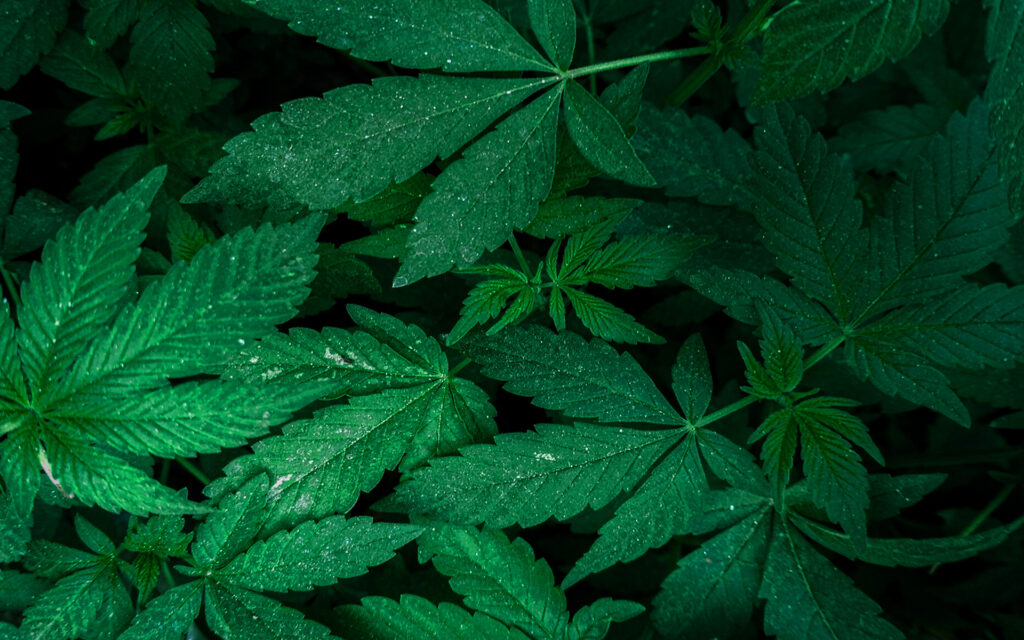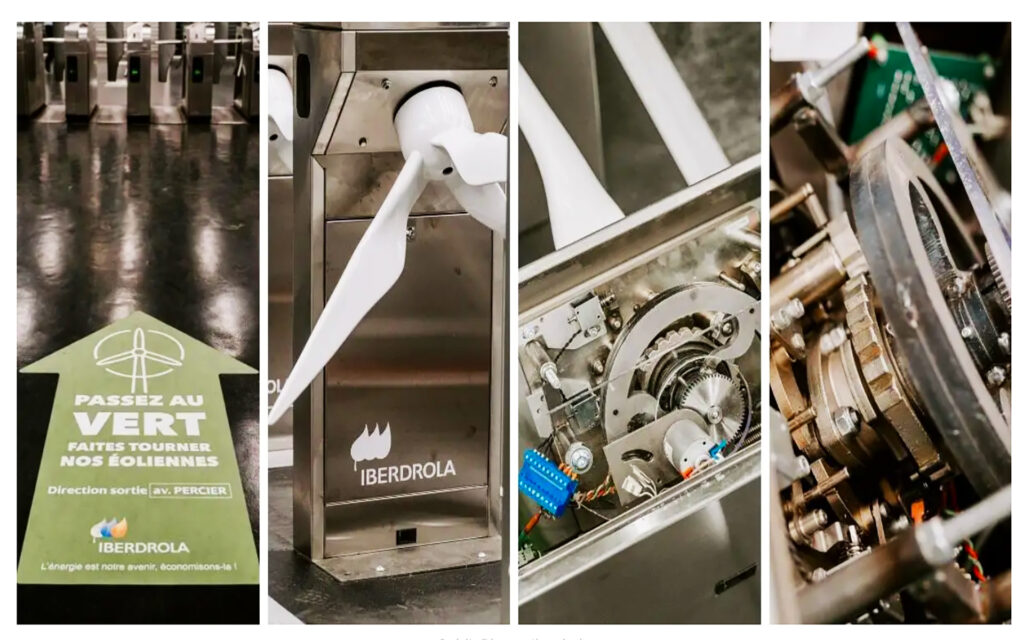Have you ever thought about how our daily life can be more sustainable? There is much talk about sustainability. However, what is its impact on our daily lives? In this article, we’ll analyze three news in three areas of eco-sustainable daily life: construction, medicine and transport.
Eco-sustainable construction
A study by the University of Cambridge found that hemp is able to absorb more carbonic anhydride than the Amazon rainforest.
But that’s not all…
The woody waste of hemp combined with lime forms a new brick called Bio-Brick.
This material is capable of maintaining a temperature of about 26 degrees in the house. It is breathable, insulating and protects against moisture.
We highlight that it also has a low environmental impact. How come?
In fact, this plant not only absorbs carbon, but it is also able to regenerate the soil in which it grows by eliminating heavy metals and toxins, produced by other crops.

Eco-sustainable medicine
In London, Arianna Pezzano gave birth to the BioProsthesis project in which hair are the protagonists.
To be exact, the keratin of hair lost by cancer patients is then used to create breast implants.
Keratin is transformed into electrospun fibers, famous for their porosity and structural alignment.
Taking from the patient’s body to give back to the patient himself is a way to help him/her accept and facilitate psychological healing.

Eco-sustainable transport
In the Parisian metro, they installed small wind turbine blades instead of 6 turnstiles.
The turbines are composed of polylactic acid, a biodegradable material generated from corn starch.
27,000 passengers, with their passage, have created 2160 Wh of electricity. That corresponds approximately to the energy consumption of 1/2 washing machine cycles.
It is estimated that if turbines were installed on all metro stops in the city, 136 MWh of energy could be generated per year.
This amount of energy is very similar to that used by 56 families of 4 people to heat themselves for a whole year.
This initiative, which lasted just two days, has suggested the great potential for large-scale deployment.

We have analyzed only three sectors but let’s think about how many eco-sustainable innovations we could implement to improve the quality of our lives and that of future generations. Fortunately, research is advancing and offering hope for a future in which an eco-sustainable daily life can count on products and support services for a better life.





